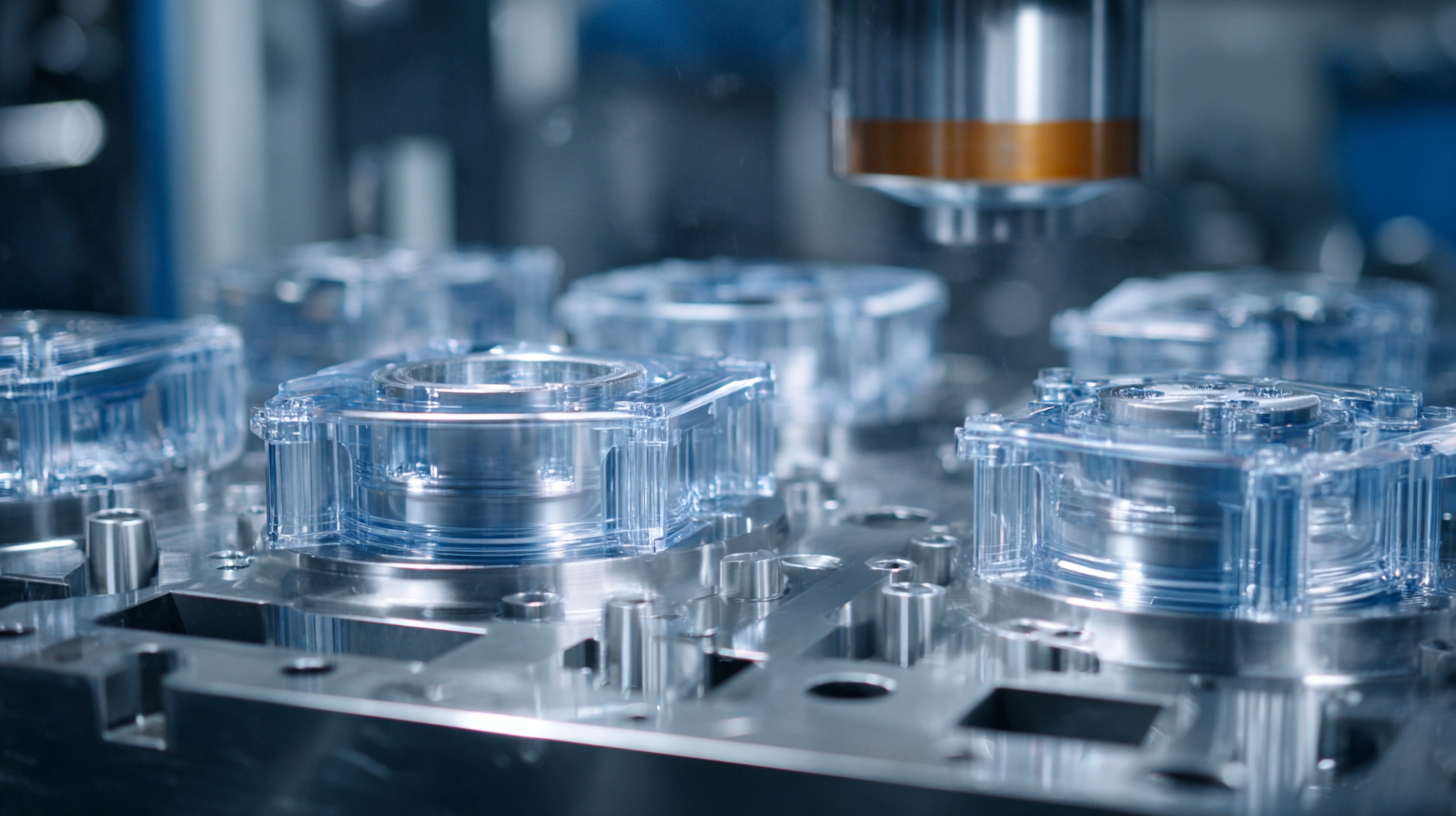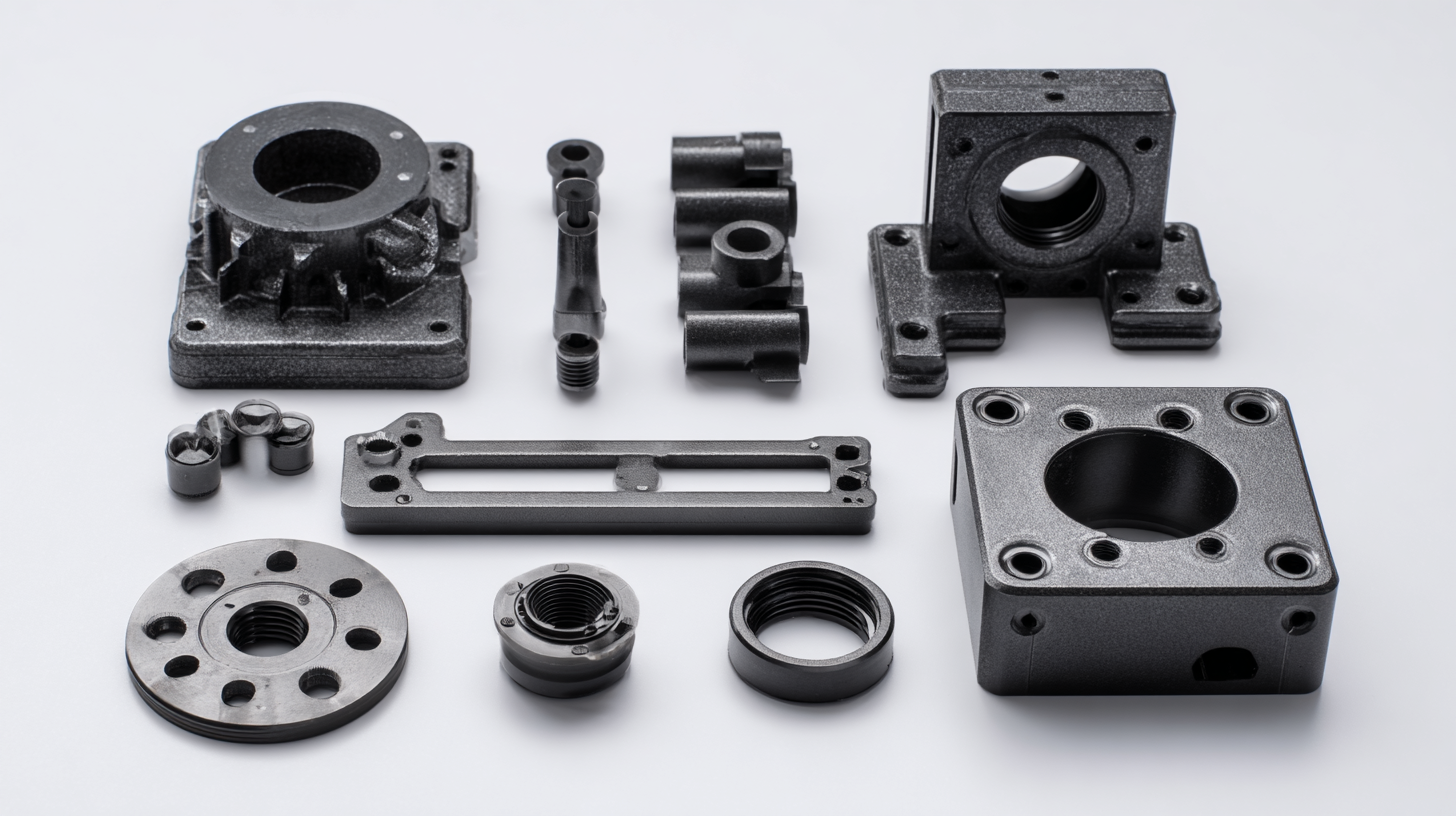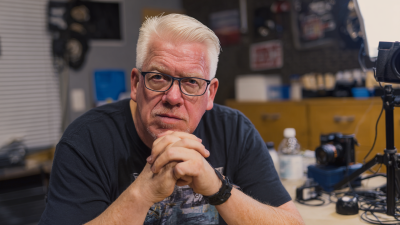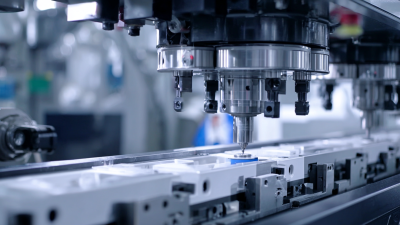
The rapid evolution of manufacturing technologies is reshaping the landscape of production, particularly in the realm of plastic injection molded parts. According to a report by MarketsandMarkets, the global plastic injection molding market is projected to reach USD 400 billion by 2026, growing at a compound annual growth rate (CAGR) of 5.9% from 2021 to 2026. This growth can be attributed to increasing demand across various sectors including automotive, consumer goods, and medical devices, where the precision and versatility of plastic injection molded parts are indispensable. Innovations such as advanced materials, automation in production lines, and the integration of Industry 4.0 technologies are driving significant changes in the manufacturing process. As manufacturers strive for enhanced efficiency and sustainability, understanding these trends and innovations becomes essential for staying competitive in an increasingly dynamic market.

The integration of 3D printing into plastic injection molding represents a significant evolution in manufacturing processes. This emerging technology allows for the rapid prototyping of molds, reducing lead times and costs associated with traditional mold-making methods. By combining the precision of injection molding with the flexibility of 3D printing, manufacturers can experiment with more complex designs and optimize their products in real-time. The ability to quickly iterate on mold designs can lead to more innovative and efficient production cycles.
Moreover, as 3D printing technologies continue to advance, they offer new possibilities in material usage and mold design. For instance, lattice structures can be easily incorporated into molds, allowing for lightweight and strong parts that were previously challenging to manufacture. This synergy not only enhances product performance but also minimizes waste, aligning with the growing emphasis on sustainability in manufacturing. As these technologies evolve, the future of plastic injection molded parts will likely be defined by a combination of speed, innovation, and environmental responsibility.
The growing focus on sustainability in manufacturing is significantly shaping the future of plastic injection molded parts. As per a recent report by Smithers Pira, the biodegradable plastics market is projected to reach $6.2 billion by 2024, reflecting an increasing adoption of environmentally friendly materials in various industries. This shift is driven by consumer demand for sustainable products and regulatory pressures aimed at reducing plastic waste. Companies are now exploring bioplastics, which are derived from renewable resources, offering a compelling alternative to traditional petroleum-based plastics.
In addition, innovations in biodegradable materials have enhanced the performance and viability of injection molded parts. For instance, polylactic acid (PLA), a popular bioplastic, has showcased impressive qualities such as high strength and excellent thermal resistance, making it suitable for various applications, from consumer goods to automotive components. According to a report by Transparency Market Research, the segment of biodegradable plastics is expected to grow at a CAGR of 15.0% from 2021 to 2028, emphasizing a strong trend towards sustainable manufacturing practices. As industries increasingly commit to green solutions, the integration of biodegradable materials in injection molding processes will likely play a crucial role in shaping the future landscape of manufacturing.
The integration of the Internet of Things (IoT) into the plastic injection molding industry is revolutionizing the way manufacturers enhance mold production efficiency. According to a report by MarketsandMarkets, the global IoT in manufacturing market is expected to grow from $25 billion in 2020 to over $100 billion by 2025, showcasing the surge in adoption of smart technologies across various sectors. In mold production, IoT technologies facilitate real-time monitoring of machinery performance, allowing manufacturers to predict equipment failures before they occur, thus minimizing downtime and maintenance costs.
Moreover, the utilization of IoT-enabled sensors in injection molding machines has resulted in significant improvements in productivity and quality control. Research from PTC suggests that manufacturers implementing IoT solutions have seen a reduction in production waste by up to 30% and improvements in operational efficiency by 20%. These innovations not only streamline the production process but also enhance the ability to collect and analyze data, enabling manufacturers to make informed decisions that drive continuous improvement. As the industry shifts towards smart manufacturing, harnessing IoT capabilities will be crucial in developing more efficient and sustainable practices in the plastic injection molding sector.
This chart illustrates the projected efficiency improvements in plastic injection mold production over the next five years, driven by IoT technology adoption.
The global plastic processing machinery market is projected to reach a value of $22.66 billion in 2024, with significant growth expected in the coming years. By 2025, the market for injection molded plastics is forecasted to rise to $23.57 billion, eventually escalating to $34.62 billion by 2032. This represents a compound annual growth rate (CAGR) of 5.6% during the forecast period. Such optimism is largely driven by advancements in manufacturing technologies and increasing demand across various end-user industries.
**Tip:** As businesses look to invest in injection molding technologies, focusing on automated systems can significantly boost efficiency and production quality. Automation not only minimizes human error but also enhances the speed of production, aligning with market demands for faster turnaround times.
The precision injection molding sector also shows promising trends, with projections for growth particularly strong in automotive applications. The market for automotive plastics alone is expected to exceed $31.58 billion by 2025, fueled by increasing consumer demand for lightweight and fuel-efficient vehicles. Monitoring these emerging trends can help manufacturers position themselves strategically in a rapidly evolving market landscape.
**Tip:** Staying informed about the latest molding technologies and materials can provide a competitive advantage. Engaging in continuous learning and adapting to industry innovations will ensure a business remains relevant and capable of meeting future demands.

The rapid evolution of artificial intelligence (AI) is reshaping many industries, and injection molding is no exception. Customization advancements driven by AI are significantly enhancing the design processes of injection molds. Traditionally, creating a mold involved extensive manual labor and a lengthy trial-and-error approach to achieve the desired specifications. However, AI algorithms can now analyze vast datasets to optimize design elements, predicting the best configurations for both performance and manufacturability. This results in reduced lead times and improved efficiency in production, which are crucial factors in staying competitive in today’s fast-paced market.

Moreover, AI facilitates greater customization capabilities, enabling manufacturers to cater to specific client needs more effectively. By leveraging machine learning, companies can create injection molds that are tailored to unique product requirements without the heavy costs and time associated with traditional methods. This adaptability not only enhances customer satisfaction but also allows for innovative designs that were previously deemed impractical. As AI continues to advance, the future of injection molded parts is set to be more responsive, diverse, and aligned with the demands of modern consumers.






Copyright © 2025 The Toolroom Inc. All Rights Reserved.
Website Design St Louis by IQComputing